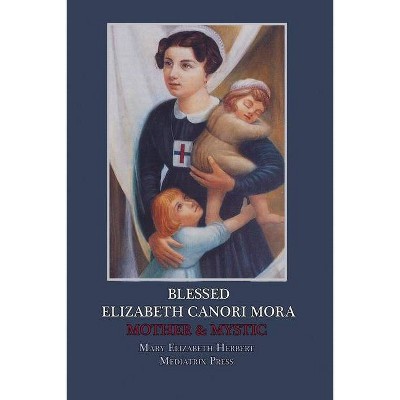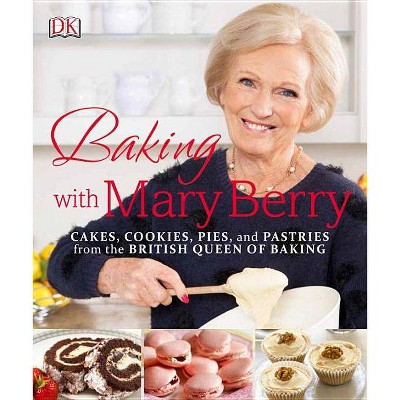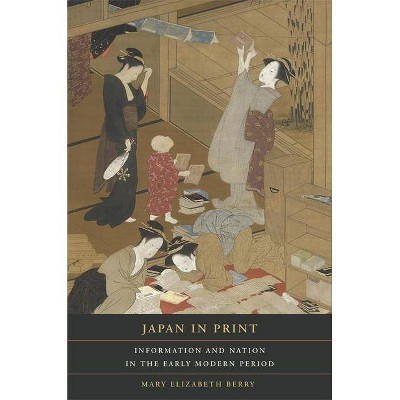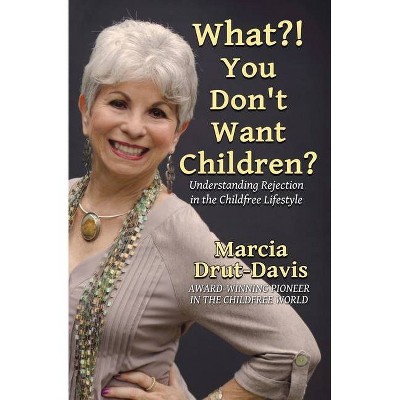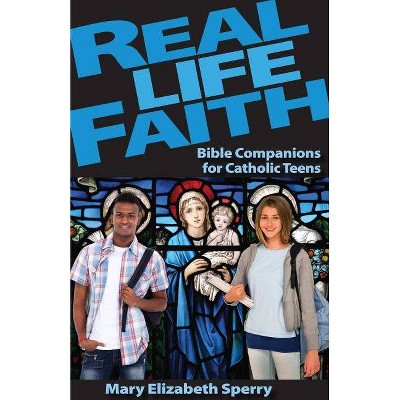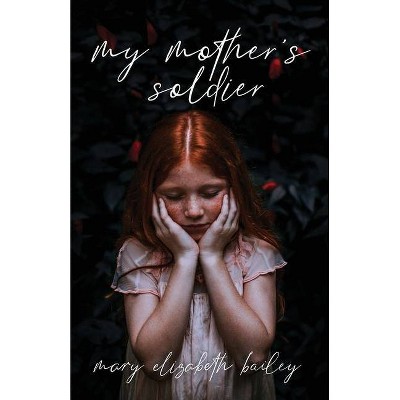What Is a Family? - by Mary Elizabeth Berry & Marcia Yonemoto (Paperback)
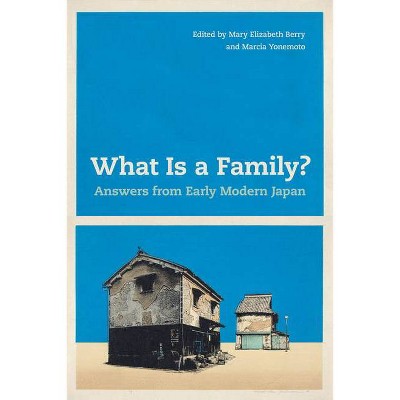
Similar Products
Products of same category from the store
AllProduct info
<p/><br></br><p><b> About the Book </b></p></br></br>Exploring the histories of diverse households during the Tokugawa period in Japan (1603-1868), the essays in this book draw on rich sources--population registers, legal documents, personal archives, and popular literature--to combine accounts of collective practices (such as the adoption of heirs) with intimate portraits of individual actors (such as a murderous wife).ous wife).<p/><br></br><p><b> Book Synopsis </b></p></br></br>A free open access ebook is available upon publication. Learn more at www.luminosoa.org. <p/><i>What Is a Family? </i>explores the histories of diverse households during the Tokugawa period in Japan (1603-1868). The households studied here differ in locale and in status--from samurai to outcaste, peasant to merchant--but what unites them is life within the social order of the Tokugawa shogunate. The circumstances and choices that made one household unlike another were framed, then as now, by prevailing laws, norms, and controls on resources. These factors led the majority to form stem families, which are a focus of this volume. The essays in this book draw on rich sources--population registers, legal documents, personal archives, and popular literature--to combine accounts of collective practices (such as the adoption of heirs) with intimate portraits of individual actors (such as a murderous wife). They highlight the variety and adaptability of households that, while shaped by a shared social order, do not conform to any stereotypical version of a Japanese family.<p/><br></br><p><b> Review Quotes </b></p></br></br><br><p>"<i>What Is a Family? Answers from Early Modern Japan</i> fills a glaring gap in the historiography of early modern Japan. . . .The book is clear in its concern to cover different social categories and not to fall into the trap of giving a reductive image of the family under the Tokugawa, making it indisputably obligatory reading for all researchers and students interested in the history of the family."</p>-- "Monumenta Nipponica"<br><br><p>"What is particularly impressive about this volume is the meticulous and skilled handling of primary documentary sources, often in the form of raw unpublished archives, and the methodological rigor that the contributors bring to their essays. Considered together, they offer a nuanced perspective on the domestic lives of the people who lived through what we call early modern Japan."</p>-- "Journal of Japanese Studies"<br><br>"The editors and authors are to be applauded for the depth, scope, and thematic and methodological range of this volume."-- "Journal of Interdisciplinary History"<br><br>"[P]articular highlights include Amy Stanley's fascinating explication of kimono textiles and personal ornaments as often neglected repositories of value, and Luke Roberts's examination of governmental and familial responses to a murder case brought against a provincial samurai matriarch."-- "CHOICE"<br><p/><br></br><p><b> About the Author </b></p></br></br><b>Mary Elizabeth Berry</b> is Professor of History Emerita at the University of California, Berkeley. Her books include <i>Japan in Print: Information and Nation in the Early Modern Period.</i> <p/><b>Marcia Yonemoto</b> is Professor of History at the University of Colorado Boulder. Her books include <i>The Problem of Women in Early Modern Japan</i>. <p/>
Price History
Price Archive shows prices from various stores, lets you see history and find the cheapest. There is no actual sale on the website. For all support, inquiry and suggestion messagescommunication@pricearchive.us

